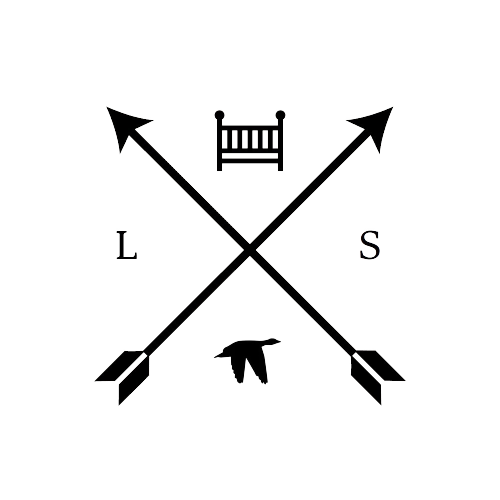When it comes to achieving a good night's sleep, the importance of high-quality bedding cannot be overstressed. We understand that navigating the world of bed linen can be confusing, especially when terms like 'bed linen' and 'bed sheets' are often used interchangeably. Are you also confused about the difference between bed linen and bed sheets?
Don't worry, you're not alone. Many people use these terms interchangeably, but the truth is that they refer to two different types of bedding that serve different purposes.
Let’s get down to the nitty-gritty of these two distinct terms so that you can make well informed decisions about your bedding choices. Afterall, you can’t risk making a bad bedding choice. Who doesn’t want to crawl upto a perfectly comfortable bed after a long hectic day? Your bed materials might be the most important items in your home.
BTW, if you want to check out White Goose Down Pillows and Duvets, you can visit our collections page.
Bed Linen: The All-Encompassing Term
Bed linen is a broad term that refers to all the textiles used to dress a bed. This includes not only bed sheets, but also pillowcases, duvet covers, bedspreads, and other decorative elements like throw pillows and blankets. These textiles play an important role in enhancing the comfort, functionality, and aesthetics of your sleep space.
Types of Bed Linen
- Flat Sheets: These are large, rectangular sheets that are typically placed between the sleeper and the duvet, blanket, or bedspread. Flat sheets can also be used as a light cover during warmer months.
- Fitted Sheets: Designed with elastic corners, fitted sheets snugly fit around the mattress, providing a smooth, wrinkle-free surface to sleep on.
- Pillowcases: These enclose and protect pillows, ensuring that they remain clean and free from allergens. Pillowcases come in various styles, such as housewife, oxford, and envelope, each offering a unique aesthetic.
- Duvet Covers: A protective and decorative layer that encases a duvet, the duvet cover can be easily removed and laundered, prolonging the life of your duvet.
- Bedspreads/Comforters: These are thicker, decorative layers that provide warmth and can be placed on top of a bed for added style and insulation.
Materials and Thread Count
Bed linen can be made from a variety of materials, including cotton, linen, silk, and synthetic blends. The thread count, which refers to the number of threads per square inch of fabric, is a crucial factor in determining the quality and feel of the material. Higher thread counts generally indicate softer, more durable bed linen, with 300-600 thread count being a benchmark for quality.
Bed Sheets: The Foundation of Comfort
Bed sheets are a specific type of bed linen that directly come into contact with your skin. Consisting of fitted and flat sheets, they provide a barrier between you and your mattress or duvet, ensuring a comfortable, hygienic sleep environment.
Fabric Choices for Bed Sheets
- Cotton: A popular choice for its softness, breathability, and durability. High-quality cotton options include Egyptian, Pima, and Supima, each with unique characteristics.
- Linen: Made from the flax plant, linen sheets are known for their temperature-regulating properties, making them suitable for both hot and cold sleepers.
- Silk: Luxurious and smooth, silk sheets provide a gentle, frictionless surface that is beneficial for sensitive skin and hair.
- Synthetic Blends: Often more affordable, synthetic blend sheets (like polyester and microfiber) can mimic the feel of natural fibers but may lack breathability.
Weave Patterns
The weave pattern of bed sheets can also impact their texture and appearance. Common weave patterns include percale (crisp and cool), sateen (soft and silky), and flannel (warm and cozy). Flannel is often a popular choice for winter bedding.
Conclusion
While bed linen and bed sheets are often used interchangeably, they are actually two distinct types of bedding that serve different purposes. Bed sheets are the primary layer that goes directly on top of the mattress, while bed linen encompasses a range of additional bedding items such as duvet covers, pillowcases, and decorative blankets. Whether you prefer the crisp coolness of freshly laundered sheets or the luxurious feel of high-quality linen, there are plenty of options to help you create the perfect bed for a good night's sleep. Take your time to explore the man bedding options available and make an educated decision.
So, now that you know the difference between bed linen and bed sheets, why not treat yourself to some new bedding? Investing in high-quality bedding can make all the difference when it comes to getting a good night's sleep, so go ahead and upgrade your bedding game today!

